Kudzu identification and control
Information about the noxious weed kudzu. Kudzu is also know by its scientific name, Pueraria montana var. lobata.
About this weed
Kudzu is a regulated Class A noxious weed. This means eradication is required state-wide.
Kudzu is also on the Washington quarantine list and it is illegal to buy, sell, or offer it for sale in the state.
Kudzu is known as Pueraria montana var. lobata and it is in the legume family. It is also known as Japanese arrowroot.

Why it's a problem
Kudzu is an extremely aggressive plant that covers and smothers all other plants in its path. It is very difficult to control once established and will create stands that wipe out native species.
Plant description
Kudzu is a perennial (plants that have a 2+ year life cycle) trailing vine that can grow up to a foot a day. Their dense stands are identifiable by the thousands of single-colored plants covering everything in their range. Originally from China and Japan, kudzu was planted on the east coast as erosion control before people understood its aggressive growth patterns (and that it does not actually help with erosion at all).
A single root crown may grow as many as 30 vines. Mature bark is rough, rigid, and dark brown and the vines can grow 90+ feet. These vines are woody, slightly hairy, and expand in all directions.
As the plant matures these vines can root from the nodes (small swelling in the stem that is the growth point for leaves or branches) and form additional root crowns. This new growth is extensive and allows the kudzu to spread aggressively along with rhizomatous spread (root system that spreads outwards and can grow new stems).
Leaves are oval to almost heart shaped and arranged alternatively and in a compound cluster of three leaflets. The leaves are three to four inches long and dark green. Both the leaves and stems are hairy. The plant is deciduous (plant that loses its leaves annually).
The flowers are purple to purplish-read and are grouped together. The individual flowers are pea like and a half to ¾ inch in size. The flower cluster can be up to one foot long.
The seedpods are typically formed on the climbing vines. Each seedpod produces a small number of viable seeds. They are flattened, brown and hairy. Each seedpod is about 2 inches long. The seeds are not the primary means of reproduction.
Kudzu grows best in well-drained degraded or eroded land. It also prefers disturbed sandy, deep loam soils in full sun. It can however take over well drained acid soil forests as well as the floor of a closed canopy forest.
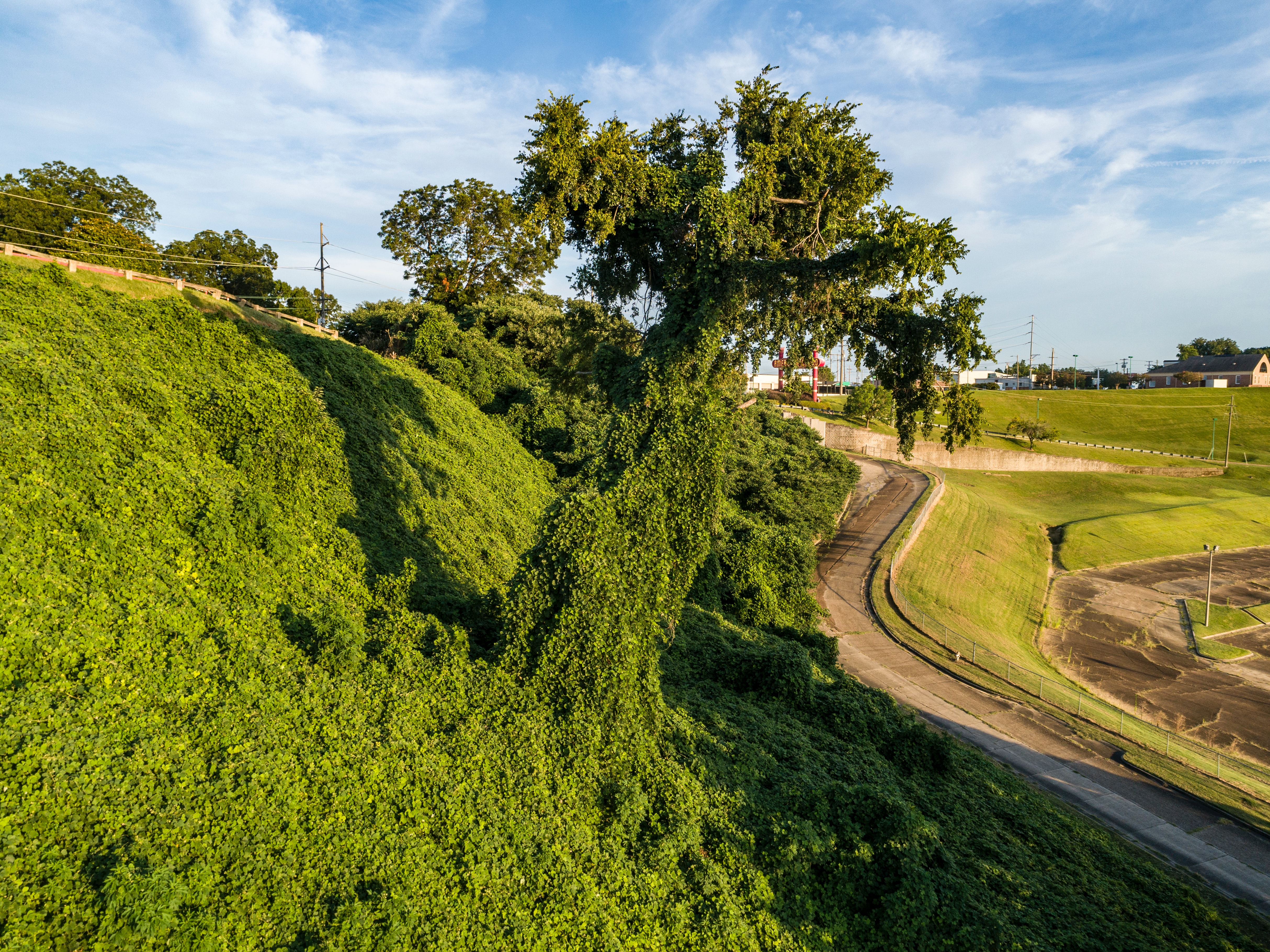
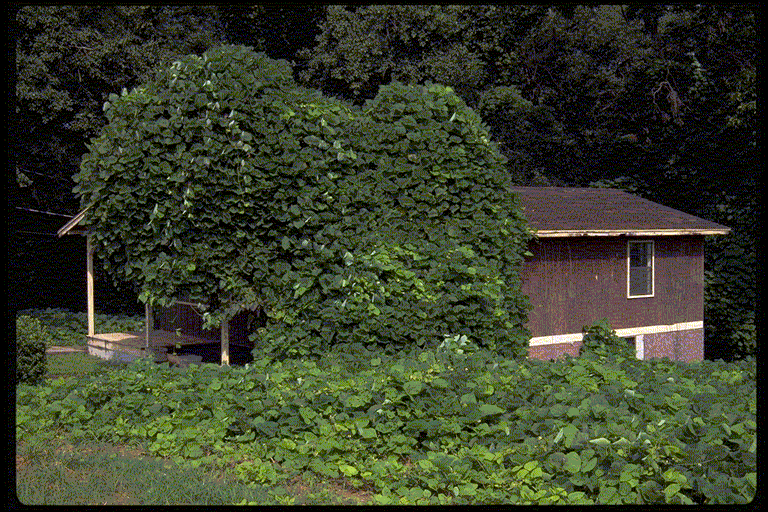
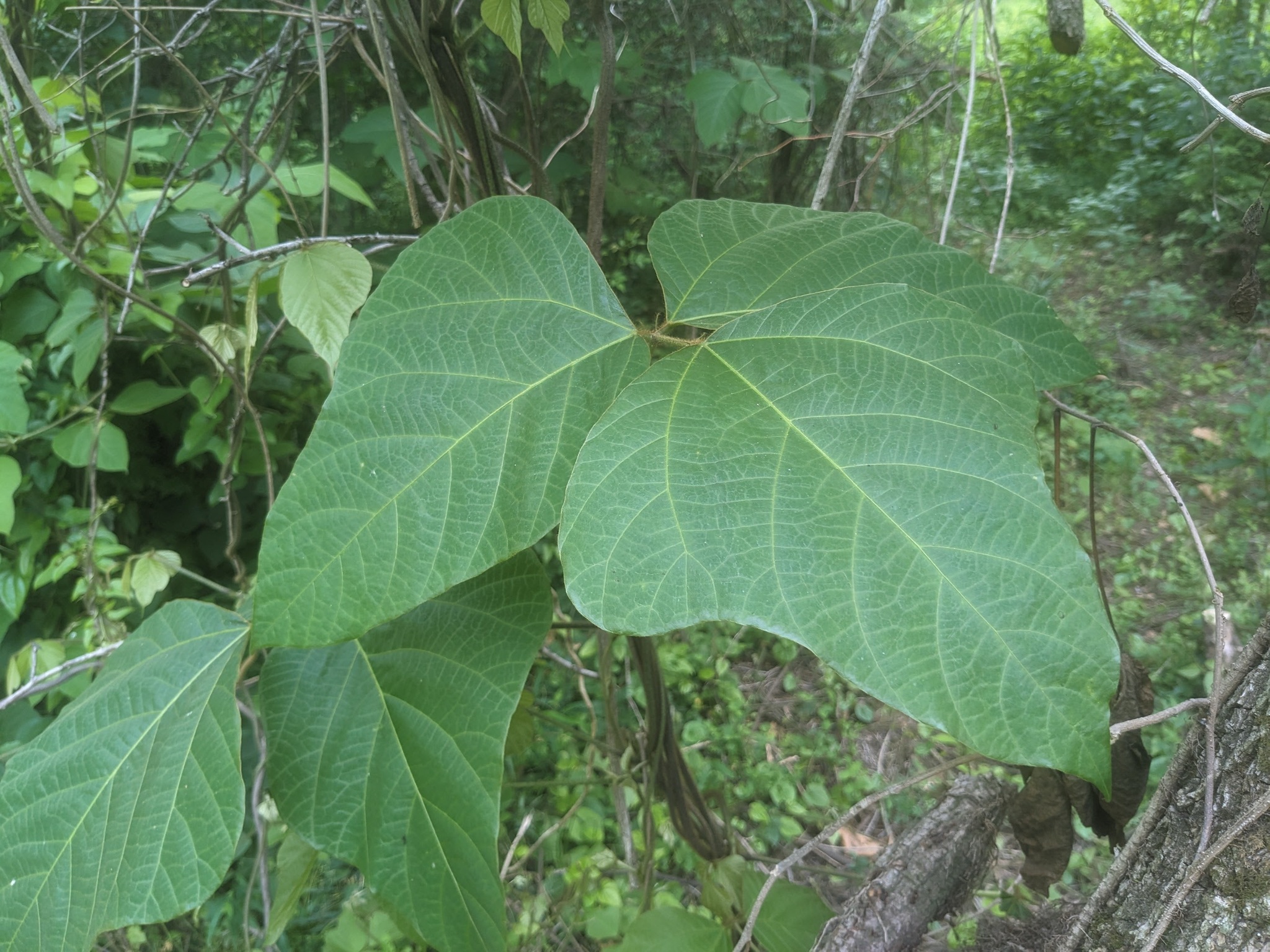
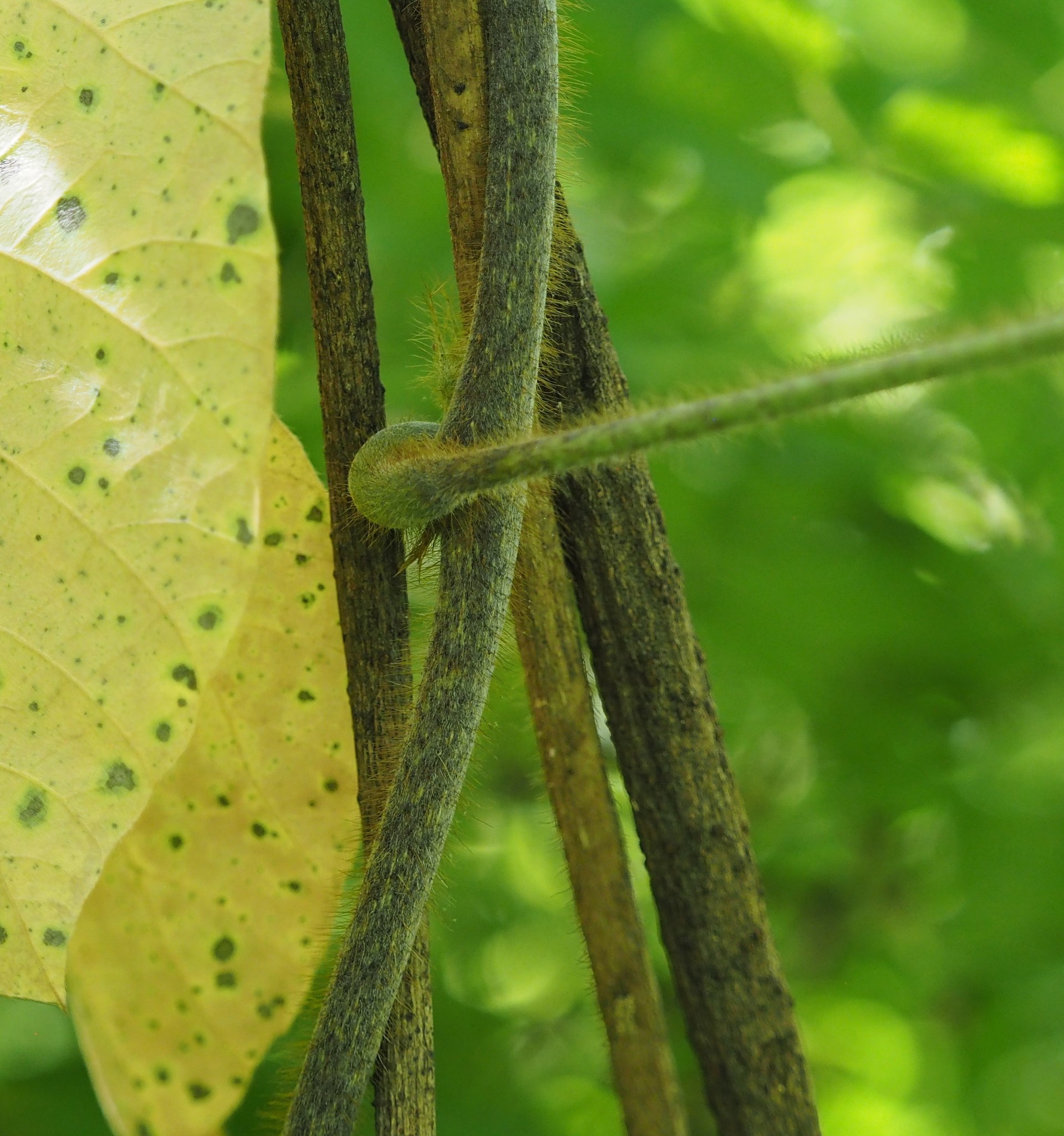
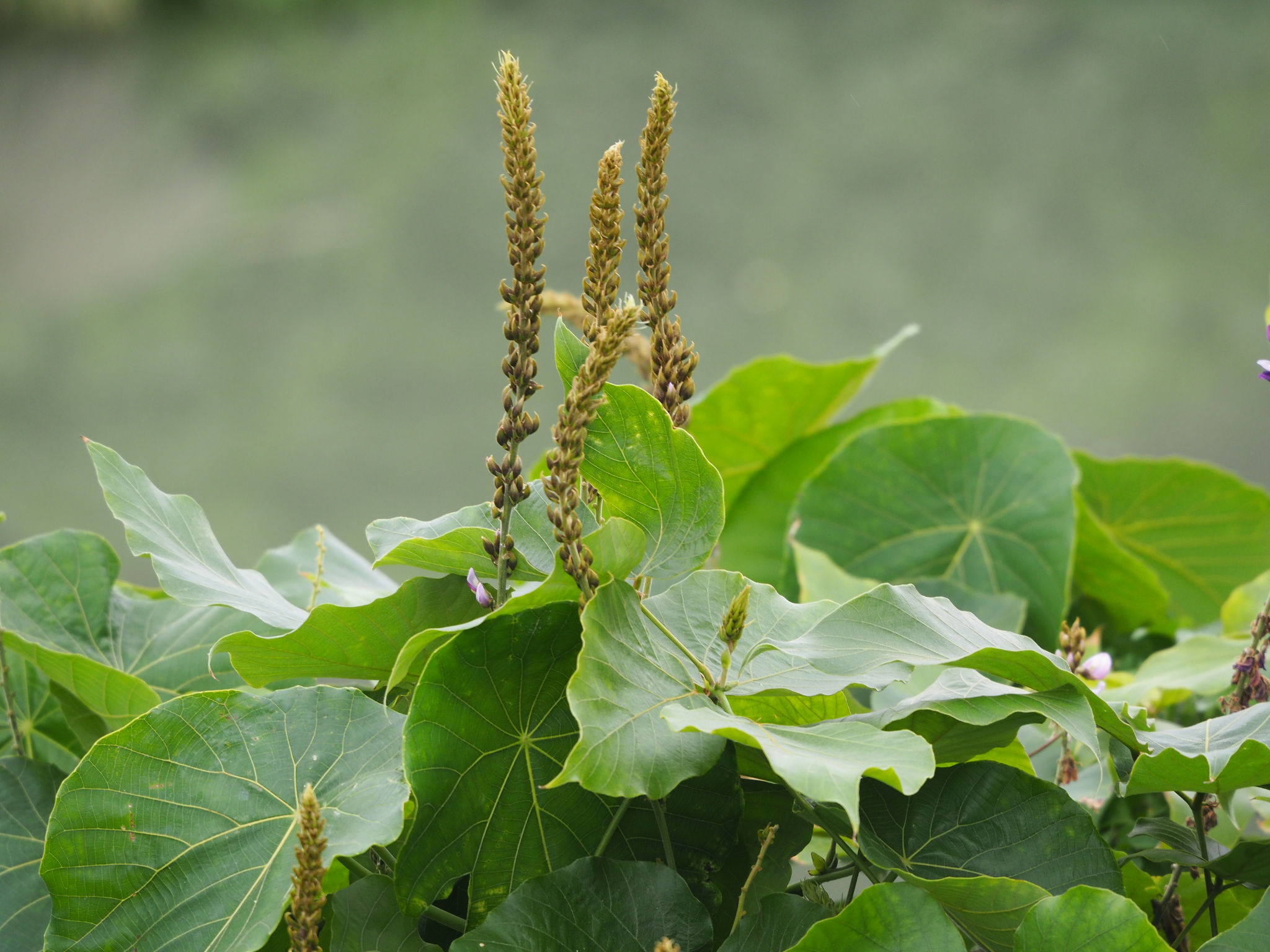

What to do if you find it
Property owners are required to control kudzu on lands that they manage. Please notify us if you see kudzu growing in King County. Our program staff can provide the property owner or appropriate public agency with site-specific advice on how best to remove it. We map all known locations of regulated noxious weeds such as kudzu in order to help us and others locate new infestations in time to control them.
Control methods
We recommend using a combination of methods to control weeds. In areas with few weeds, it is important to act quickly before they become harder to control. Make a long-term plan, as it often takes several years to get rid of most weeds. Start in the least infested areas first and then move into more heavily infested areas.
Prevention
The best way to remove kudzu is to prevent it from growing in the first place. Early eradication is key with this aggressive weed. If you see a small infestation, handle it immediately before it has a chance to spread.
Manual control
Dig out the crown (a bulb like feature at the top of the root system that holds all the energy of the vine). Once the crown is removed the vine will die. Cut the vine and dig around the crown to remove it from the taproots. It is not needed to dig up the remaining taproots. Kudzu can grow multiple spots where it sends roots down into the ground. Be sure to follow the vine to ensure you have removed all anchor points to the soil. This method is labor intensive but effective.
Mechanical control
Mowing repeatedly can eventually kill kudzu, but it must be on going or it will only be a short-term solution.
Chemical control
Foliar spray is the most effective method when done multiple times through the growing period, usually summer and fall. If combining spraying with digging out crowns, spot spray any part of the crown that may have broken off underground. Herbicides that are targeted for legumes will reduce the impact on other plants. The cut treat method can also be effective in conjunction with foliar spray.
See the PNW Pest Management Handbook for the most up to date and specific method for chemical control of kudzu.
Stay safe when using herbicide:
- Always read the label before use.
- Wear a long-sleeved shirt, long pants, shoes, and eye protection.
- Follow state and local regulations.
Avoid spraying where there is a chance that herbicide will enter a waterway or wetland unless you are using a state-approved aquatic herbicide and have the required permits and licenses to do so. Use of pesticides in water is regulated in Washington state. See Washington Department of Ecology Aquatic Pesticide Permits for details.
For more information or a site-specific recommendation in King County, contact the noxious weed program. For information in other locations, contact your local weed board or extension office.
Disposal instructions
Bag and dispose of the crowns in garbage. You may compost the rest of the plant.
Washington State Noxious Weed Control Board pamphlet on noxious weed disposal

 Translate
Translate